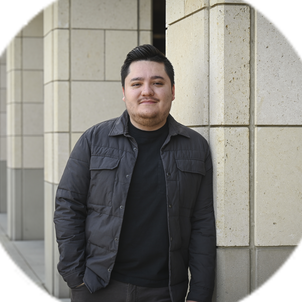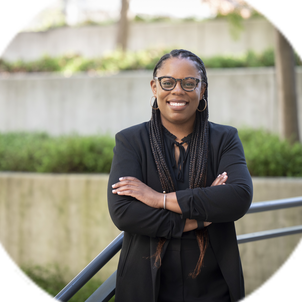I was just at Stanford for my 30-year reunion. One of the standout moments for me, during my time here, was a class taught by Professor Bob Sutton. He emphasized the human aspect of work. It was interesting to me at the time, because it was different from the technical courses I was taking. I bookmarked his teachings in my mind, but it wasn’t until I started working, managing and running my own teams and companies that those lessons came back into play. Now I consider them some of the most valuable lessons I ever learned. It’s not what comes to mind first when thinking about engineering, but at the end of the day, it’s always a group of individuals that bring a product or service to market.
I’ve recently created a company with my sister. Her son is autistic. She was very involved with his education and working with him. One day her son had all these letter blocks out on the floor, and he spelled out some words. She was shocked. After this happened, she said to me, ‘I think there’s a way to help children with autism become better communicators.’
So we got together with some special ed teachers and therapists, and we developed Spectrum Playground, which is an educational app available in the App Store. The question we keep wanting to answer is: What if we can help children with autism communicate better? Some may never be able to speak, but what if they’re able to write down their ideas? How much better would their lives be?
There’s one mother of an autistic child who has been working with us since the beginning. Her son has long been able to identify what an orange is, but it wasn’t until he started using the app that he understood that oranges grow on trees, orange juice comes from oranges, and he can even say, ‘Yes, I want an orange’ or ‘No, I don’t want an orange.’ He’s able to really communicate now, more than just identifying an orange. It is so exciting to see.
Related spotlights

Lara Weed

Sebastian Fernández

